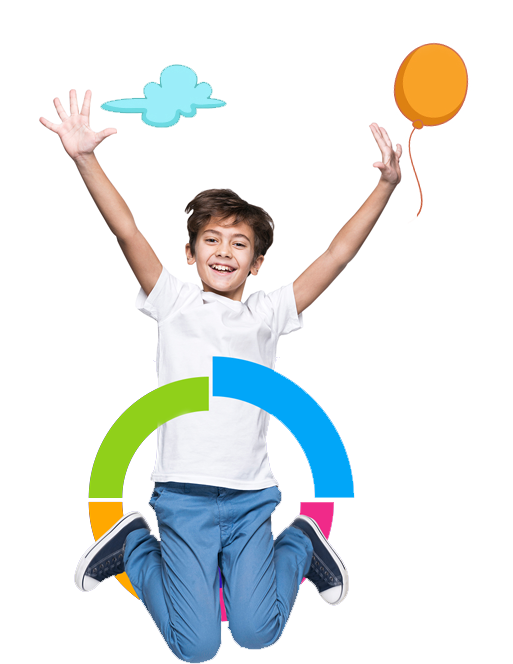Reggio Emilia Approach
The Reggio Emilia Approach
The Reggio Emilia approach in early childhood education is accepted as one of the best methods for teaching young minds by providing natural stimulation. At Montana International Preschool, we have adopted the Reggio principles to promote holistic child development in a co-learning environment. Teachers, children, and parents work together instead of following a hierarchical system.
We recognize each child as an individual brimming with curiosity, multiple intelligences, and imagination. Therefore, by providing a suitable environment and interactions, we empower the children to think, question, explore and navigate their learnings.


Engaging Learning Environment
The Importance of an Engaged Learning Environment
The environment is referred to as the ‘third Teacher’ in the Reggio approach. Each classroom at Montana is organised on the same theme to include multisensorial learning corners, theme-based environment setups, engaging board displays and discovery corners. Such an environment helps children learn and explore with natural curiosity and make thoughtful decisions in different situations.
We also document all the activities performed by children and display their photographs and projects in the class to encourage them to think more and act faster.
Parental Involvement
Your child will develop self-esteem, independence and language
Learning is a continuous process. It just doesn't take place within the school but also at home and throughout the community. Montana International recognizes parents' role in early childhood education and encourages all parents to participate in project work, special events, and the school's activities. We strive to create an integrated learning community where parents, teachers and the community work together to meet the child’s learning requirements.
We also religiously document all the work carried out by children, complete with their photographs while engaged in various projects and transcripts of their conversations and comments. Examples of their work are highlighted in class to instil confidence by making learning visible. This also helps children contemplate what they’ve achieved better, which fans their curiosity and interest. The documentation is also shared with parents to keep them involved in their child’s progress.

What Parents say:
Laura Smith
TeacherId fermentum augue, ut pellen tesque leo nas. Maecenas at arcu risus Donec com modo.
John Doe
AdministratorId fermentum augue, ut pellen tesque leo nas. Maecenas at arcu risus Donec com modo.
Meghan Smith
Assitant TeacherId fermentum augue, ut pellen tesque leo nas. Maecenas at arcu risus Donec com modo.
Mika Doe
TeacherId fermentum augue, ut pellen tesque leo nas. Maecenas at arcu risus Donec com modo.
Jillian Smith
Asssitant TeacherId fermentum augue, ut pellen tesque leo nas. Maecenas at arcu risus Donec com modo.




